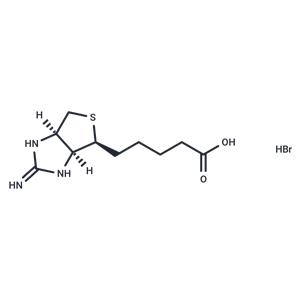
2-Iminobiotin hydrobromide NEW
| Price | $29 | Get Latest Price |
| Package | 10mg | 25mg |
| Min. Order: | |
| Supply Ability: | 10g |
| Update Time: | 2024-11-19 |
Product Details
| Product Name: 2-Iminobiotin hydrobromide | CAS No.: 76985-52-9 |
| Purity: 98.13% | Supply Ability: 10g |
| Release date: 2024/11/19 |
Product Introduction
Bioactivity
| Name | 2-Iminobiotin hydrobromide |
| Description | 2-Iminobiotin hydrobromide (Guanidinobiotin) is a cyclic guanidino analog of biotin that acts as a reversible inhibitor of inducible nitric oxide synthase (iNOS) and neuronal NOS (nNOS; Ki of 21.8 and 37.5 μM for mouse iNOS and rat nNOS, respectively). |
| Cell Research | In vitro hypoxia was induced for 7 h in IMR-32 cell cultures by using our recently described system with minor modifications.?Enzyme stock solutions (100x) of catalase and glucose oxidase ?were diluted in cell culture medium (DMEM/F12, 1% FCS;?final concentration: 120 and 2 U/ml respectively).?A rapid decrease of partial pressure of oxygen (pO2) to levels below 10 mmHg was achieved by adding the enzymes to glucose containing culture medium.?Also a decline in glucose (<1 g/l) and pH (<7.0) was observed, resembling the clinical characteristics of hypoxic-ischemic injury in vivo.?Hypoxic conditions were confirmed with a tissue oxygen pressure monitor .?After the hypoxic insult, cells were washed twice with PBS and cultures were placed into an incubator at 33.5°C (hypothermia) employing culture medium with (i) solvent (citrate buffer 1%) or (ii) 2-IB at 10, 30, 50, 100, and 300 ng/ml.?To determine the optimal “reperfusion” time, a time-interval curve investigating cell damage (LDH release) was performed.?Analyses of LDH release, ROS generation, hydrogen peroxide release, metabolic activity, cell signaling, apoptosis-related protein expression/activity and expression analysis of 35 human apoptosis-related proteins were performed at different time points post-hypoxia[1] |
| In vitro | All cultures were subjected to 25 h of hypothermia (33.5°C), and incubated with vehicle or 2-iminobiotin (2-IB) (10, 30, 50, 100, and 300 ng/ml).?Cell morphology was evaluated by brightfield microscopy.?Cell damage was analyzed by LDH assays.?Production of reactive oxygen species (ROS) was measured using fluorometric assays.?Western blotting for PARP, Caspase-3, and the phosphorylated forms of akt and erk1/2 was conducted.?To evaluate early apoptotic events and signaling, cell protein was isolated 4 h post-hypoxia and human apoptosis proteome profiler arrays were performed.?Twenty-five hour after the hypoxic insult, clear morphological signs of cell damage were visible and significant LDH release as well as ROS production were observed even under hypothermic conditions.?Post-hypoxic application of 2-IB (10 and 30 ng/ml) reduced the hypoxia-induced LDH release but not ROS production.?Phosphorylation of erk1/2 was significantly increased after hypoxia, while phosphorylation of akt, protein expression of Caspase-3 and cleavage of PARP were only slightly increased.?Addition of 2-IB did not affect any of the investigated proteins.?Apoptosis proteome profiler arrays performed with cellular protein obtained 4 h after hypoxia revealed that post-hypoxic application of 2-IB resulted in a ≥ 25% down regulation of 10/35 apoptosis-related proteins: Bad, Bax, Bcl-2, cleaved Caspase-3, TRAILR1, TRAILR2, PON2, p21, p27, and phospho Rad17[1]. |
| Storage | Powder: -20°C for 3 years | In solvent: -80°C for 1 year | Shipping with blue ice. |
| Solubility Information | DMSO : 12.5 mg/mL (51.37 mM) |
| Keywords | Nitric oxide synthases | NOS | 2-Iminobiotin Hydrobromide | NO Synthase | 2-Iminobiotin | 2Iminobiotin hydrobromide | 2 Iminobiotin hydrobromide | Inhibitor | inhibit |
| Inhibitors Related | L-NAME hydrochloride | Mifepristone | Dexamethasone acetate | S-Methylisothiourea sulfate | L-Arginine | Ethyl cinnamate | Methylene Blue trihydrate | Diallyl disulfide | L-Arginine hydrochloride |
| Related Compound Libraries | Bioactive Compound Library | ReFRAME Related Library | Drug Repurposing Compound Library | Neuroprotective Compound Library | Inhibitor Library | NO PAINS Compound Library | Clinical Compound Library | Bioactive Compounds Library Max |
Company Profile Introduction
Target Molecule Corp. (TargetMol) is a global high-tech enterprise, headquartered in Boston, MA, specializing in chemical and biological research product and service to meet the research needs of global customers.
TargetMol has evolved into one of the biggest global compound library and small molecule suppliers and a customer based on 40+ countries. TargetMol offers over 80 types of compound libraries and a wide range of high-quality research chemicals including inhibitors, activator, natural compounds, peptides, inhibitory antibodies, and novel life-science kits, for laboratory and scientific use. Besides, virtual screening service is also available for customers who would like to conduct the computer-aided drug discovery.
You may like
Recommended supplier
| Product name | Price | Suppliers | Update time | |
|---|---|---|---|---|
| $5.00/25KG |
VIP6Y
|
Jinan Finer Chemical Co., Ltd
|
2022-05-09 | |
| $10.00/1kg |
VIP1Y
|
Hebei Zhuanglai Chemical Trading Co Ltd
|
2024-12-18 | |
| $45.00/1kg |
VIP4Y
|
Henan Alfa Chemical Co., Ltd
|
2022-09-01 |
- Since: 2011-01-07
- Address: 36?Washington?Street, Wellesley?Hills
INQUIRY



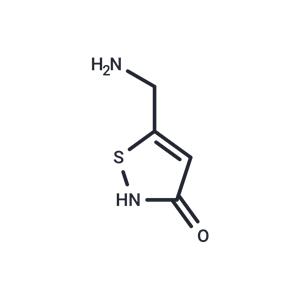
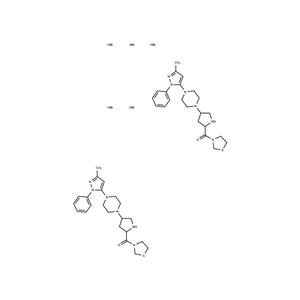
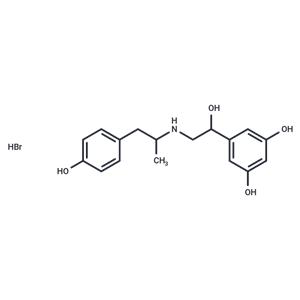
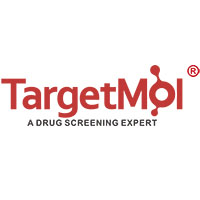
 United States
United States